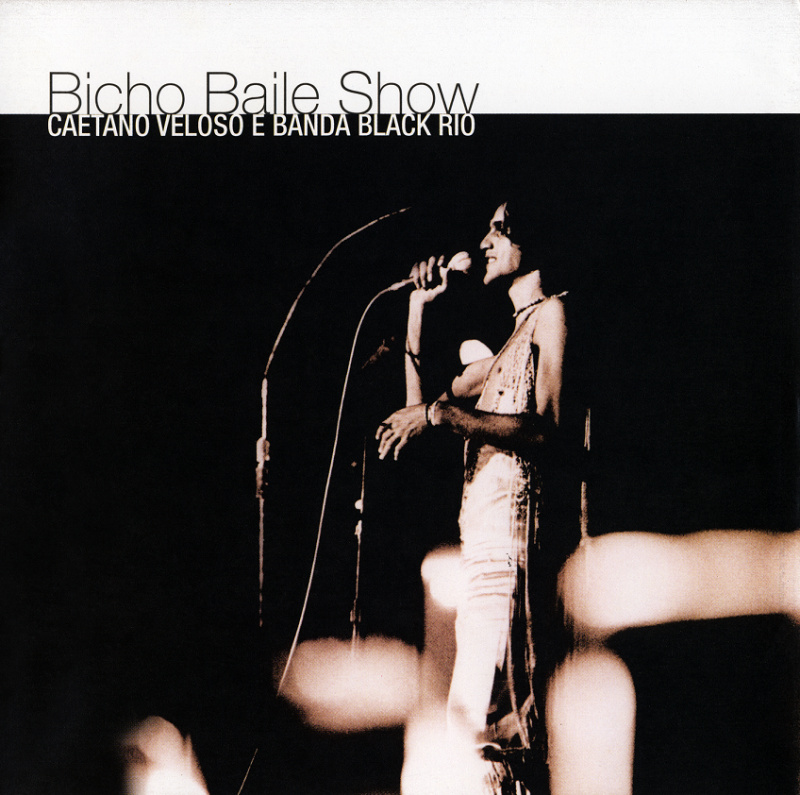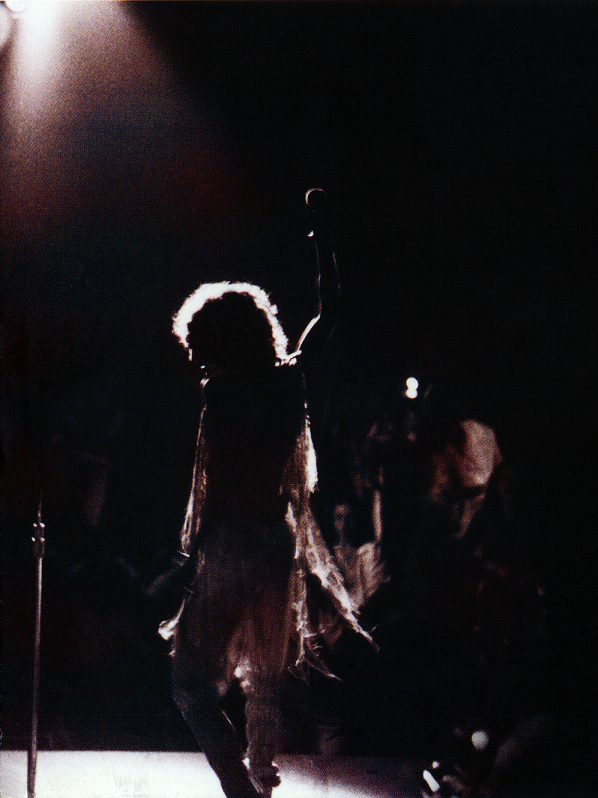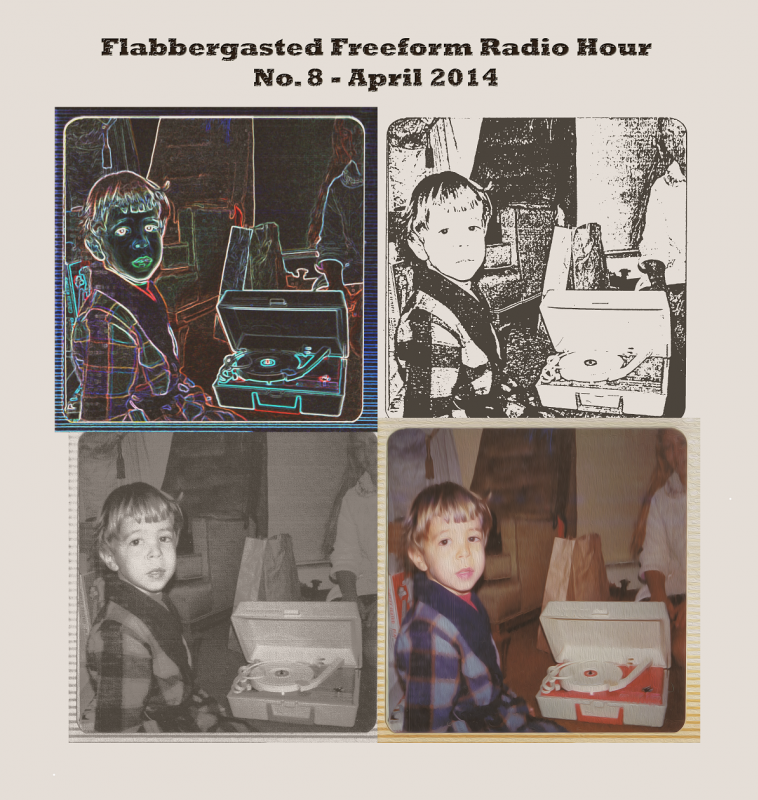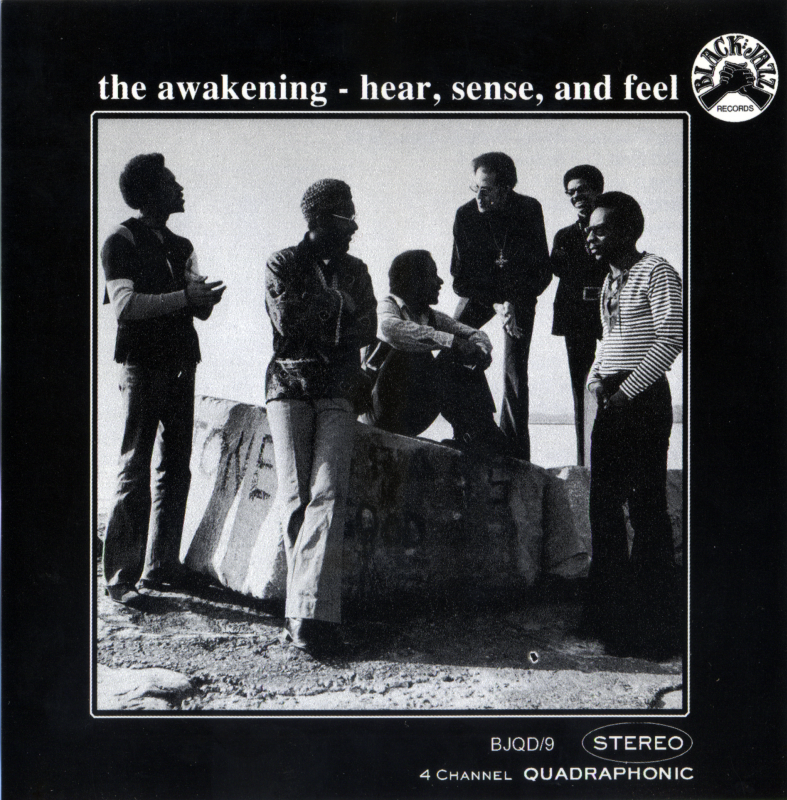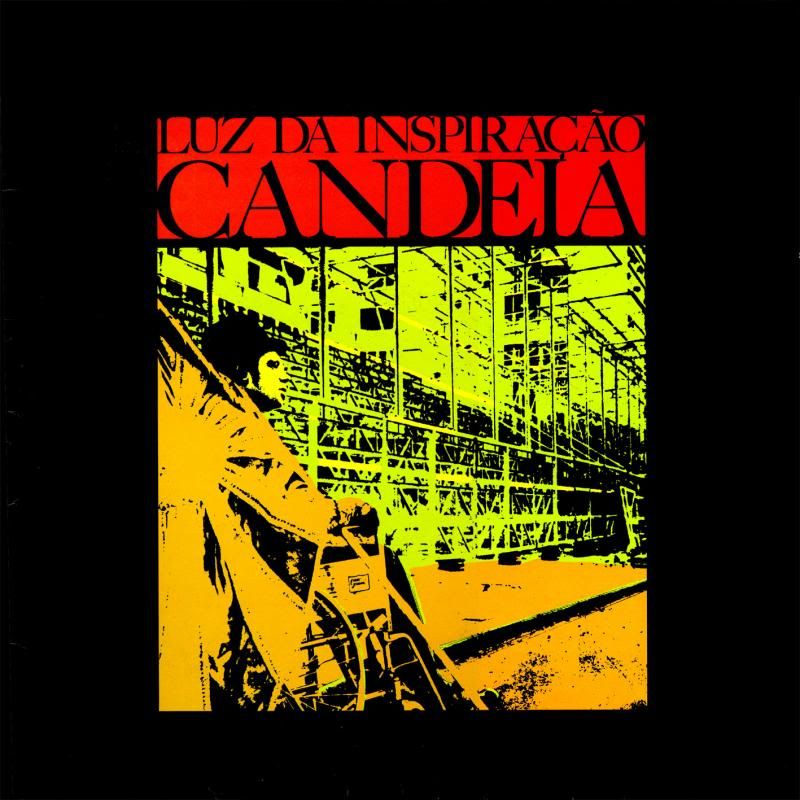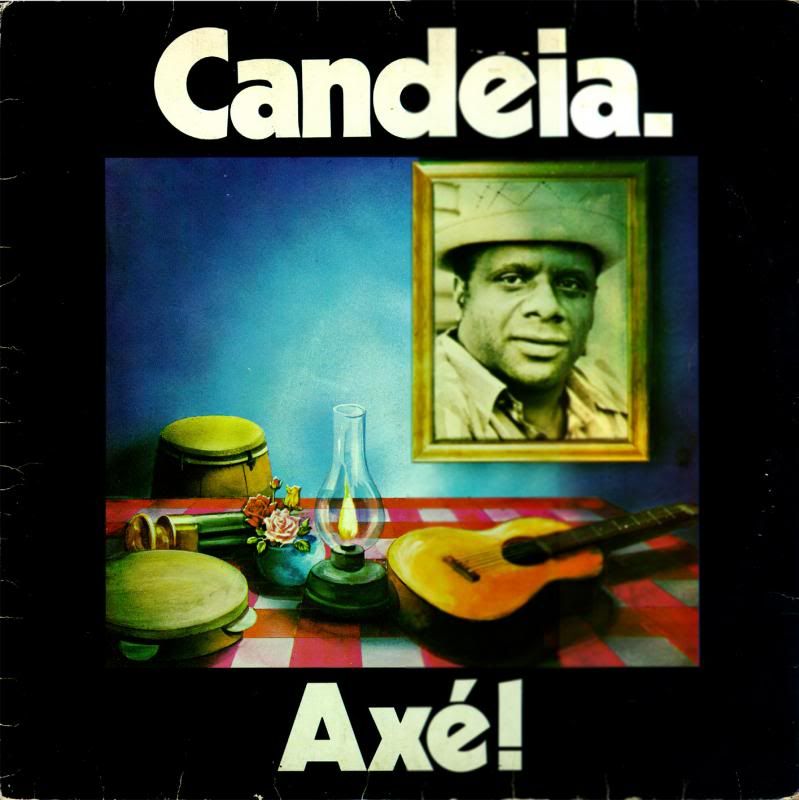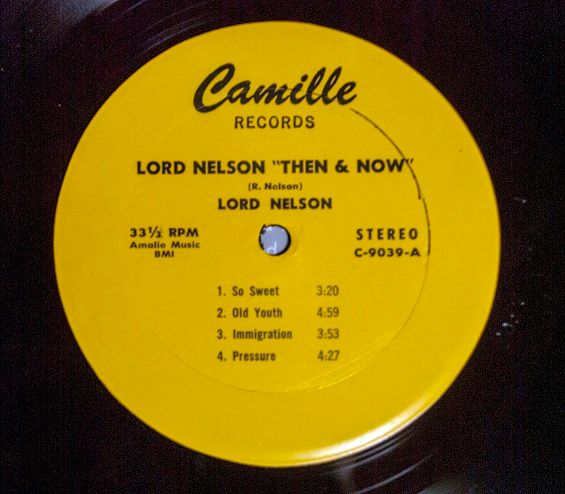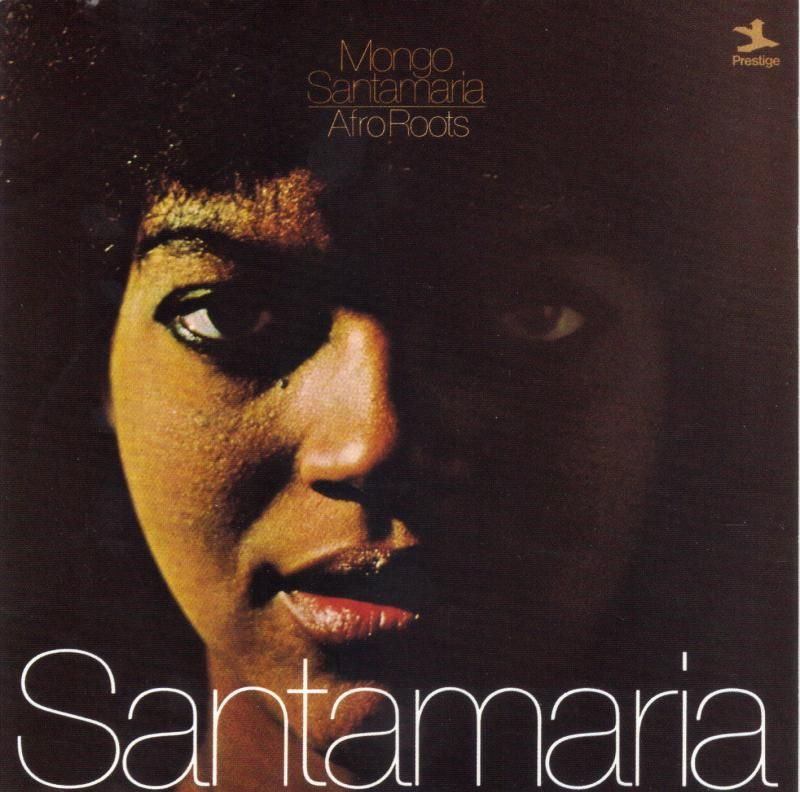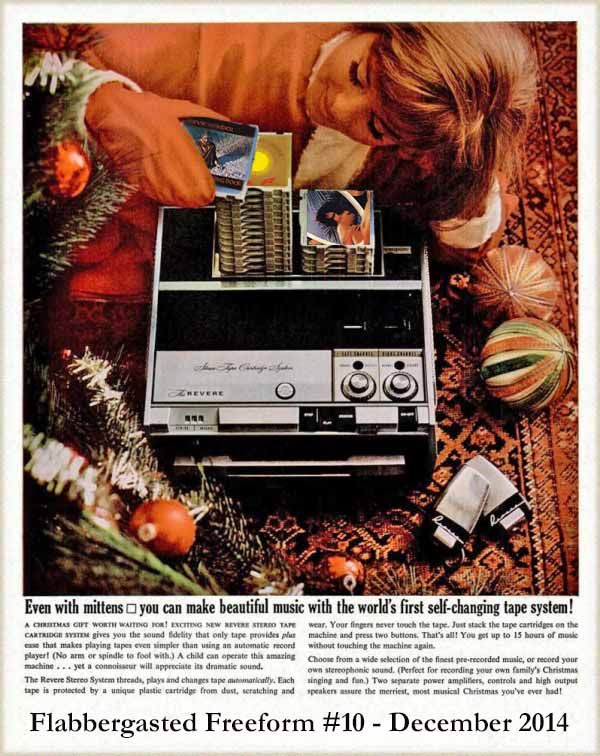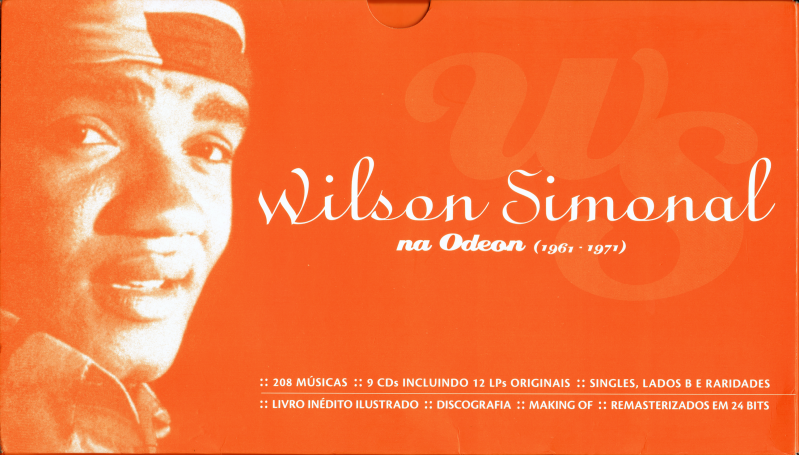
WILSON SIMONAL
Wilson Simonal na Odeon 1961-1971
9 CD Boxset
Released on EMI, 2004
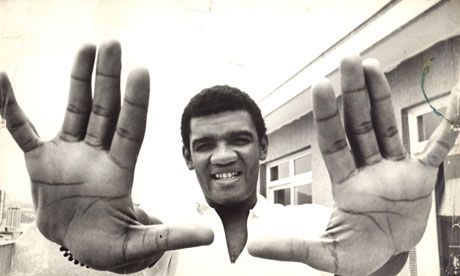
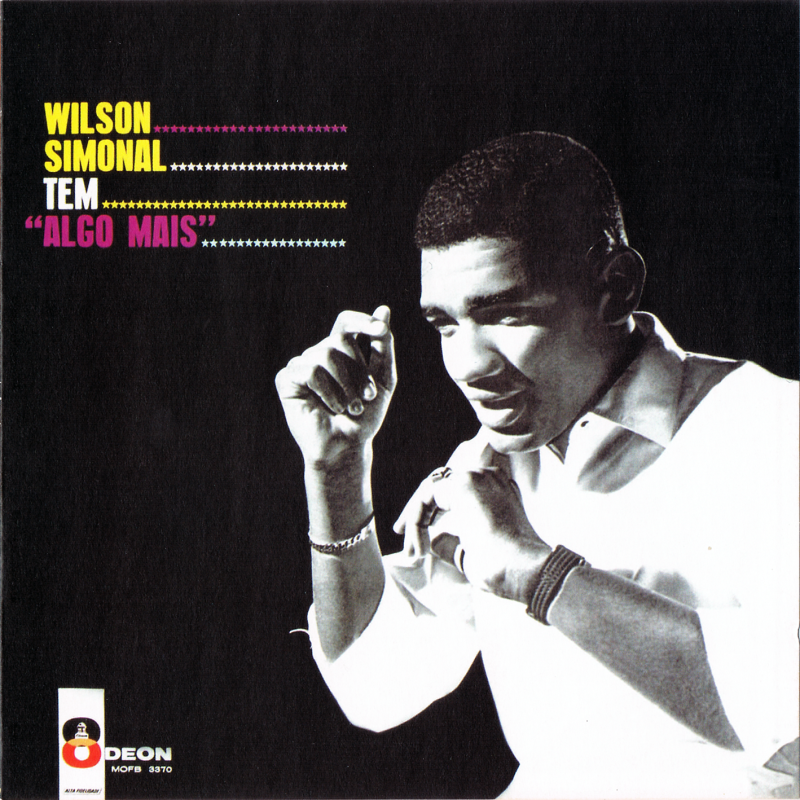

Disc 1 - Tem Algo Mais and A Nova Dimensão do Samba (1963-64)
1- TUDO DE VOCÊ
2- AMANHECENDO
3- TELEFONE
4- SAUDADE
5- SAMBA CROMATICO
6- MENINA FLOR
7- LAGRIMA FLOR
8- BALANCO ZONA SUL
9- MENINO TRISTE
10- MEU COMPORTAMENTO
11- SAMBA E VERBO
12- MANHA NO POSTO SEIS
13- NANA
14- MAIS VALIA NAO CHORAR
15- LOBO BOBO
16- SO SAUDADE
17- ELA DIZ QUE ESTOU POR FORA
18- SAMBA DE NEGRO
19- JEITO BOM DE SOFRER
20- ELA VAI, ELA VEM
21- RAPAZ DE BEM
22- INUTIL PAISAGEM
23- CONSOLACAO
24- NANA
25- MAIS VALIA NAO CHORAR
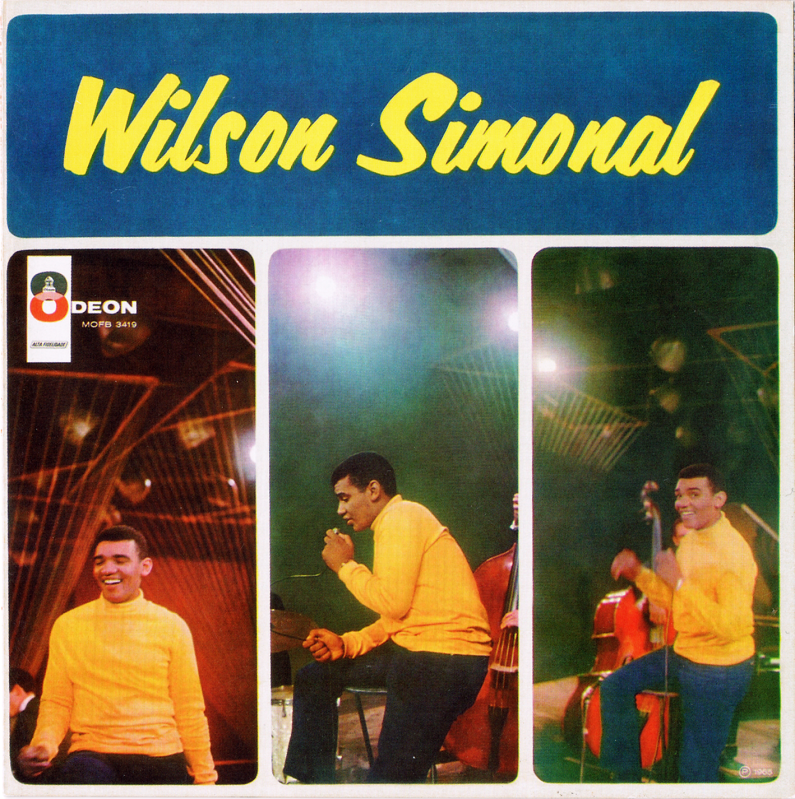
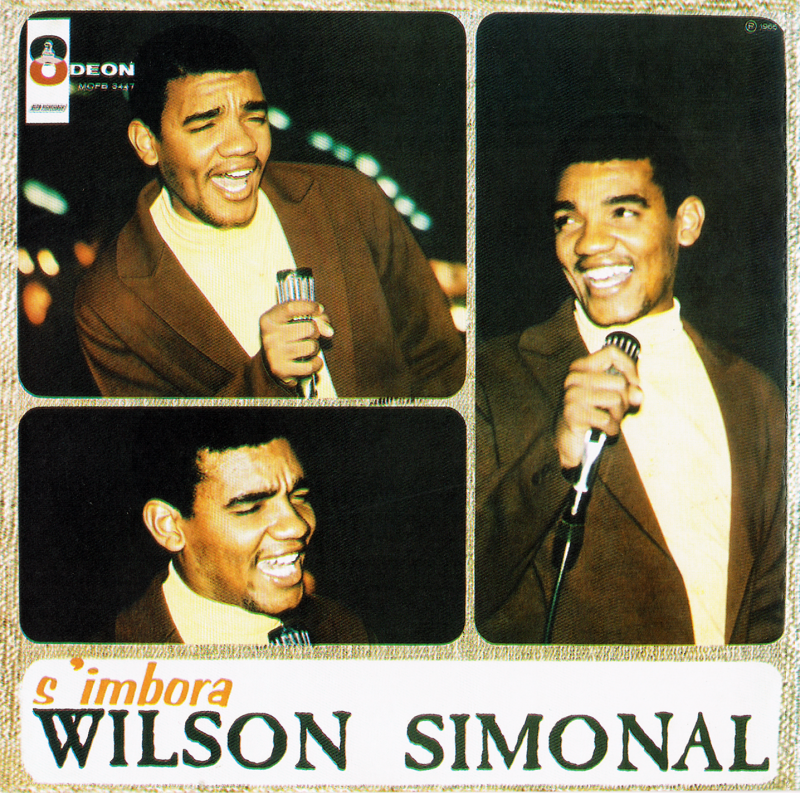
Disc 2 - Simonal and S'imbora (1965)
1- GAROTA MODERNA
2- SELECAO DE SAMBA DE ARY BARROSO
3- SO TINHA DE SER COM VOCÊ
4- MARINA
5- MESTICO
6- AS MOCAS DO MEU TEMPO
7- RIO DO MEU AMOR
8- OPINIAO
9- JUCA BOBAO
10- CHUVA
11- DUVIDO DIVIDIR
12- BRUXARIA
13- MANGANGA
14- FICA MAL COM DEUS
15- SONHO DE CARNAVAL
16- SAMBA DO CARIOCA
17- DUAS CONTAS
18- SE TODOS FOSSEM IGUAIS A VOCÊ
19- LADEIRA DO PELOURINHO
20- BALANCO ZONA SUL
21- NOS DOIS
22- O APITO NO SAMBA
23- O TEU AMANHA
24- LENDA
25- LADEIRA DO PELOURINHO
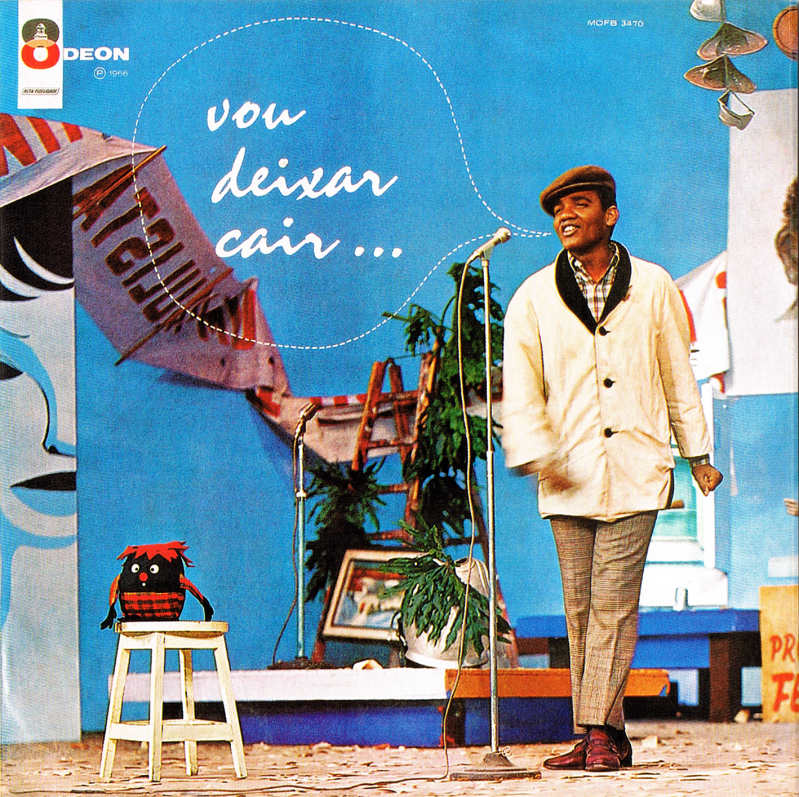
DISC 3 - Vou Deixa Cair and Tempos De Pilantragem (1966-67)
1- VENTO DE MAIO
2- MEU LIMAO MEU LIMOEIRO
3- O CARANGO
4- MINHA NAMORADA
5- SEM VOCÊ EU NAO VIVO
6- ENXUGUE OS OLHOS
7- MARIA
8- A FORMIGA E O ELEFANTE
9- MAMAE PASSOU ACUCAR EM MIM
10- FRANQUEZA
11- TEM DO
12- SAMBA DO MUG
13- SE VOCÊ GOSTOU
14- A BANDA
15- DISPARADA
16- QUEM SAMBA FICA
17- MASCARA NEGRA
18- TRIBUTO A MARTIN LUTHER KING
19- DEIXA QUEM QUISER FALAR
20- ELA E DEMAIS
21- BALADA DO VIETNAM
22- O MILAGRE
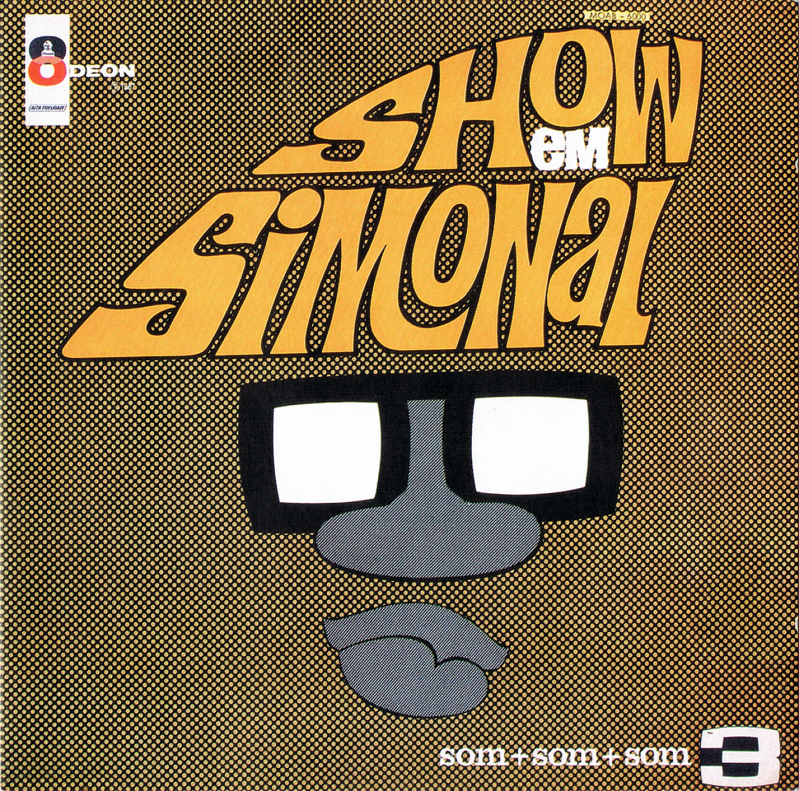
DISC 4 - Show Em Simonal (1967)
1- BARRA LIMPA
2- RODA
3- THE SHADOW OF YOUR SMILE
4- CANTIGA BRAVA
5- ESTRELA PRINCIPAL
6- ROCINHA ESTUPIDA (SOMETHING STUPID)
7- CONSOLACAO
8- O MORRO NAO TEM VEZ
9- O QUE FACO P´RA ESQUECER
10- PEGUEI UM ITA NO NORTE
11- UN HOMME ET UNE FEMME
12- NEM VEM QUE NAO TEM
13- MEXIRICO DA CANDINHA
14- QUEM TE VIU QUEM TE VE
15- CONSELHO
16- ARUEIRA
17- MEU LIMAO MEU LIMOEIRO
18- TRIBUTO A MARTIN LUTHER KING
19- ESTA CHEGANDO A HORA
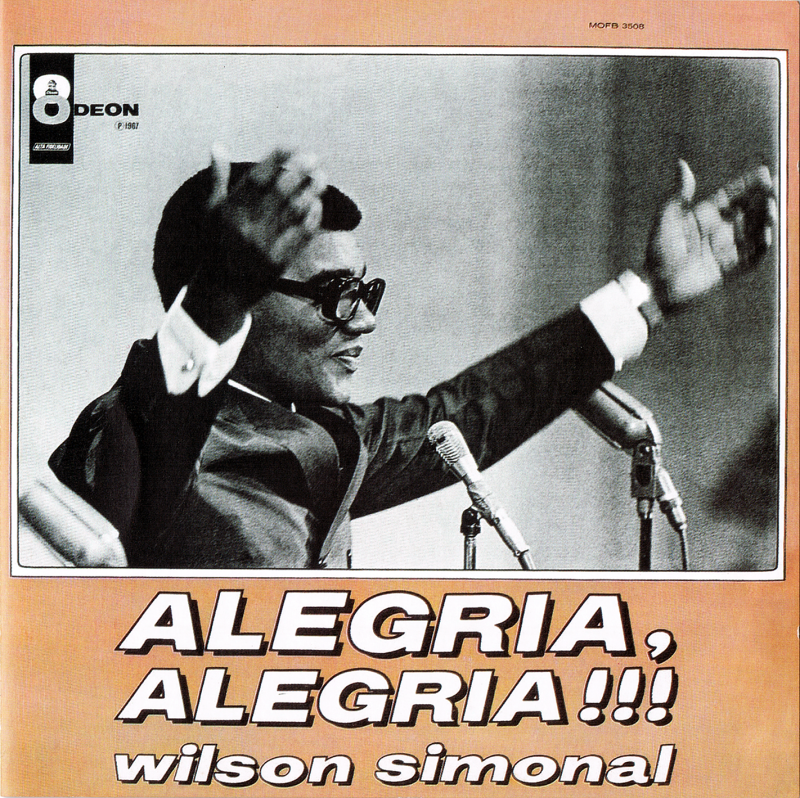

DISC 5 - Alegria, Alegria Volumes 1 and 2 (1967-68)
1- OS ESCRAVOS DE JO
2- AGORA E CINZA
3- VESTI AZUL
4- AOS PES DA CRUZ
5- BELINHA
6- PRA QUE ?
7- NEM VEM QUE NAO TEM
8- FIM DE SEMANA EM PAQUETA
9- PARA PEDRO
10- ESTA CHEGANDO A HORA
11- REMELEXO
12- DISCUSSAO
13- ALEGRIA, ALEGRIA
14- PATA PATA
15- SA MARINA
16- CAE CAE
17- MANIAS
18- RECRUTA BIRUTA
19- NESTE MESMO LUGAR
20- ZAZUEIRA
21- NAO TENHO LAGRIMAS
22- DE COMO UM GAROTO APAIXONADO PERDOOU POR CAUSA DE UM DOS MANDAMENTOS
23- CARTAO DE VISITA
24- PARAÍBA
25- GOSTO TANTO DE VOCÊ
26- VAMOS S'IMBORA
27- NAMORADINHA DE UM AMIGO MEU


DISC 6 - Alegria, Alegria Volumes 3 and 4 (1969)
1- SILVIA LENHEIRA
2- MUSTANG COR DE SANGUE
3- MENININHA DO PORTAO
4- SILÊNCIO
5- PRECE AO VENTO
6- WHAT YOU SAY
7- MOCA
8- ALELUIA, ALELUIA
9- MAMAE EU QUERO
10- MEIA-VOLTA (ANA CRISTINA)
11- PENSANDO EM TI
12- ATIRA A PRIMEIRA PEDRA
13- MULHER DE MALANDRO
14- SE VOCÊ PENSA
15- MAQUILAGEM
16- PORQUE HOJE E DOMINGO
17- EVIE
18- BRASILEIRA
19- OLHO D'AGUA
20- CANCAO DA CRIANCA
21- EU FUI NO TORORO
22- QUE MARAVILHA
23- UMA LOIRA
24- QUEM MANDOU
25- PAÍS TROPICAL
26- ADIOS, MUCHACHO v
-----------------
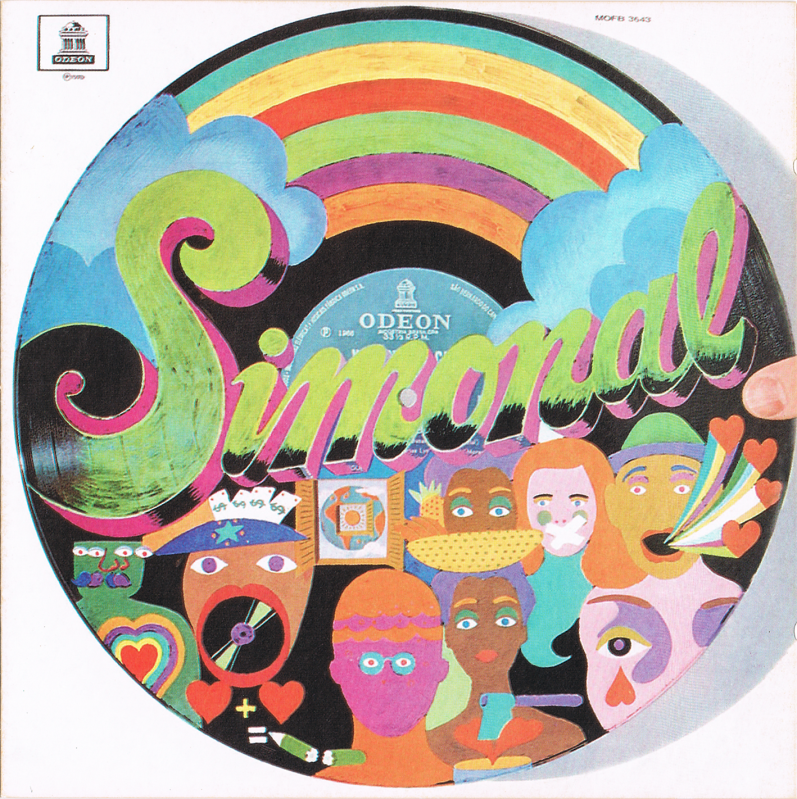
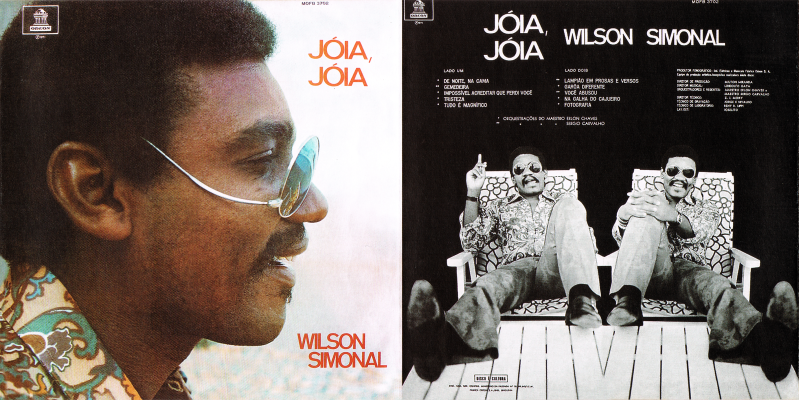
DISC 7 - Simonal and Jóia (1970-71)
1- SEM ESSA
2- DESTINO E DESATINO DE SEVERINO NONÔ NA CIDADE DE SAO SEBASTIAO DO RIO DE JANEIRO ( OH YEAH! )
3- COMIGO E ASSIM
4- O MUNDO IGUAL DE CADA UM
5- SISTEMA NERVOSO
6- NA BAIXA DO SAPATEIRO
7- MORO NO FIM DA RUA
8- DEIXA O MUNDO E O SOL ENTRAR
9- AI VOCE COMECA A CHORAR
10- NAO TEM SOLUCAO
11- NA TONGA DA MIRONGA DO KABULETÊ
12- OURICO
13- AFRICA, AFRICA
14- DE NOITE NA CAMA
15- GEMEDEIRA
16- IMPOSSIVEL ACREDITAR QUE PERDI VOCE
17- TRISTEZA
18- TUDO E MAGNÍFICO
19- LAMPIAO EM PROSA E VERSO
20- GAROA DIFERENTE
21- VOCÊ ABUSOU
22- NA GALHA DO CAJUEIRO
23- FOTOGRAFIA
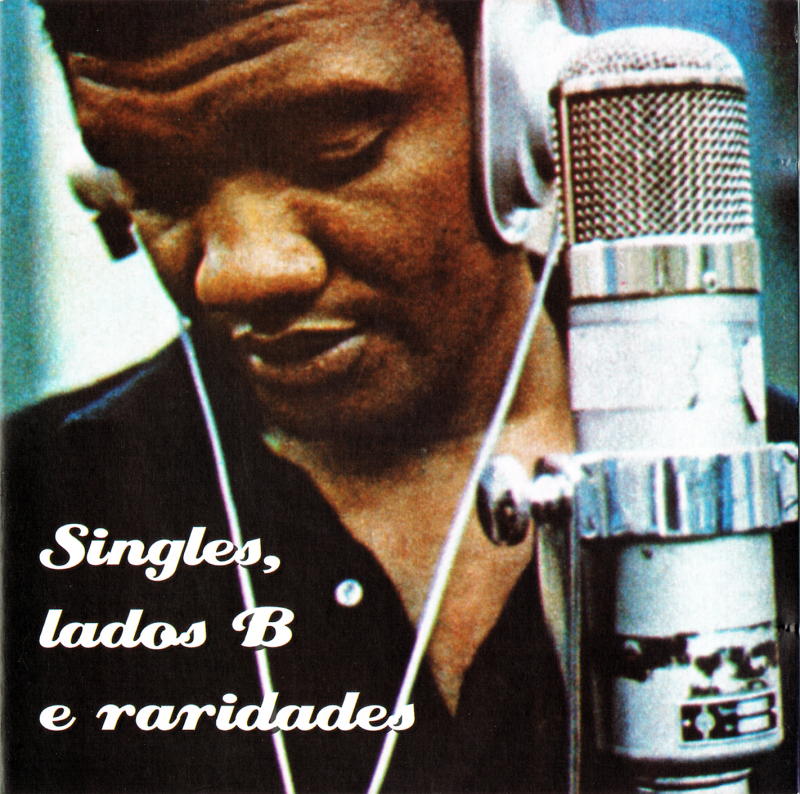
DISCs 8 and 9 - Singles, lados B e raridies (Singles, B-sides, and rarities)
1- TEREZINHA
2- BIKINIS E BORBOLETAS
3- EU TE AMO
4- BEIJA MEU BEM
5- TEM QUE BALANCAR
6- OLHOU PRA MIM
7- ESTA NASCENDO UM SAMBA
8- GAROTA LEGAL (You Must Have Been A Beautiful Baby)
9- FALE DE SAMBA QUE EU VOU
10- WALK RIGHT IN
11- SO DANCO SAMBA
12- NAO PODE SER
13- EU SOU MAIS EU
14- DE MANHA
15- DAS ROSAS
16- CUIDADO CANTOR
17- TA POR FORA
18- MAMAE PASSOU ACUCAR EM MIM
19- MAMAE PASSOU ACUCAR EM MIM ( Versao em Espanhol inedita )
20- A PRACA
21- SAMBA DO CRIOULO DOIDO
22- A ROSA DA RODA
------------------------------------------
1- TEREZINHA DE JESUS
2- A SAUDADE MATA A GENTE
3- CORRENTEZA
4- PAÍS TROPICAL
5- ECCO IL TIPO CHE IO CERCAVO
6- NO CLARAO DA LUA CHEIA
7- AS MENININHAS DO LEBLON
8- KIKI
9- EU SONHEI QUE TU ESTAVAS TAO LINDA
10- AQUI E O PAÍS DO FUTEBOL 11- HINO DO FESTIVAL INTERNACIONAL DA CANCAO
12- CANCAO Nº21
13- QUE CADA UM CUMPRA COM O SEU DEVER
14- RESPOSTA
15- BRASIL EU FICO
16- OBRIGADO PELE
17- O XOTE DAS MENINAS
18- MADALENA
19- A NOITE DO MEU BEM
========================================
208 songs
Nearly-complete artwork (booklet will not scan)
Composer credits embedded in ID tags
Correct Portuguese orthographic characters in ID tags
This box is out of print
========================================
So a few days ago, stuck in a mire of holiday malaise, I considered closing this blog completely. Five years is a long time to keep one of these things going, even though I don't update it as often as I would like. I took it offline temporarily, and the only way to do that was to "restrict" access to blog authors, but the settings here made it look like it became an invitation-only place. Don't worry, you were not excluded from the club, it was just a party of one over here.
I reconsidered. Thanks to M. for being reasonable when I couldn't manage it, and to the handful of people who sent messages. They were much appreciated.
To make up for the brief lapse in judgment, I am sharing this behemoth of a boxset. I have contemplated doing to many, many times, but always felt this massive burden of having to write some insightful and elegiac homage to Simonal and so I never felt up to the task. This is in addition to feeling like I had to write reviews of every album here. The guy was putting out two records a year for a ten-year span, so excuse me if this write-up consists only of saying "Hey this is really good and you should check it out." Simonal had been one of Brazil's most popular singers before some unfortunate altercations with his accountant and/or the military government put him on the wrong side of history for a few decades. A documentary film about his career as well as this boxset - both mostly spearheaded by his sons - managed to reset the scales of justice a little. The guy was a force of nature, with a croony swagger that could evoke casino show-biz performances, chilling on the beach, or cruising in your favorite fashionable low-mileage automobile. This is the part of the write-up where I could just start dropping names to emphasis how important he was so why not just get right to it - Carlos Imperial, Elis Regina, Som Três and César Camargo Mariano, Orlandivo, Jorge Ben ... Mug.
I am not even going to try and start singling stuff out, because some internaut hipster will come by and leave comments to the effect of "I can't believe you didn't mention X, Y, or Z, which is so obviously the best thing here yadda yadda", like some people did for the Marcos Valle posts I did a few years ago. And then I would start thinking about closing the blog again. So to hell with it, it's Christmas, you got this stuffed in your stocking and if that's not enough then I can insert a piece of coal in your orifice of choice.
This is a lot of music. It will take anyone a while to digest it. One of these days I might start posting some of needledrops, as I have mono pressings of some of these that sound quite different - in those days, a stereo hi-fi was basically a piece of furniture with speakers built in, so stereo panning tended to be quite dramatic by today's standards. I think the mono mixes have a little more UMPH in many cases. So whenever I get around to that, I will give more individualized comments on these records.
Did I mention this is filled with rarities? Almost every disc has some bonus tracks, and then the final 2-CD set is entirely comprised of - you guessed it! - singles, B-sides, and rarities. In some cases this means we get versions of the same song in Portuguese, Spanish, and Italian by who cares.


